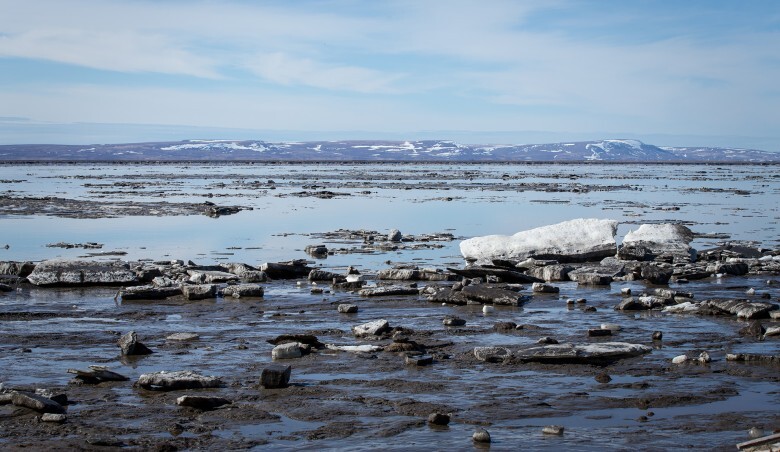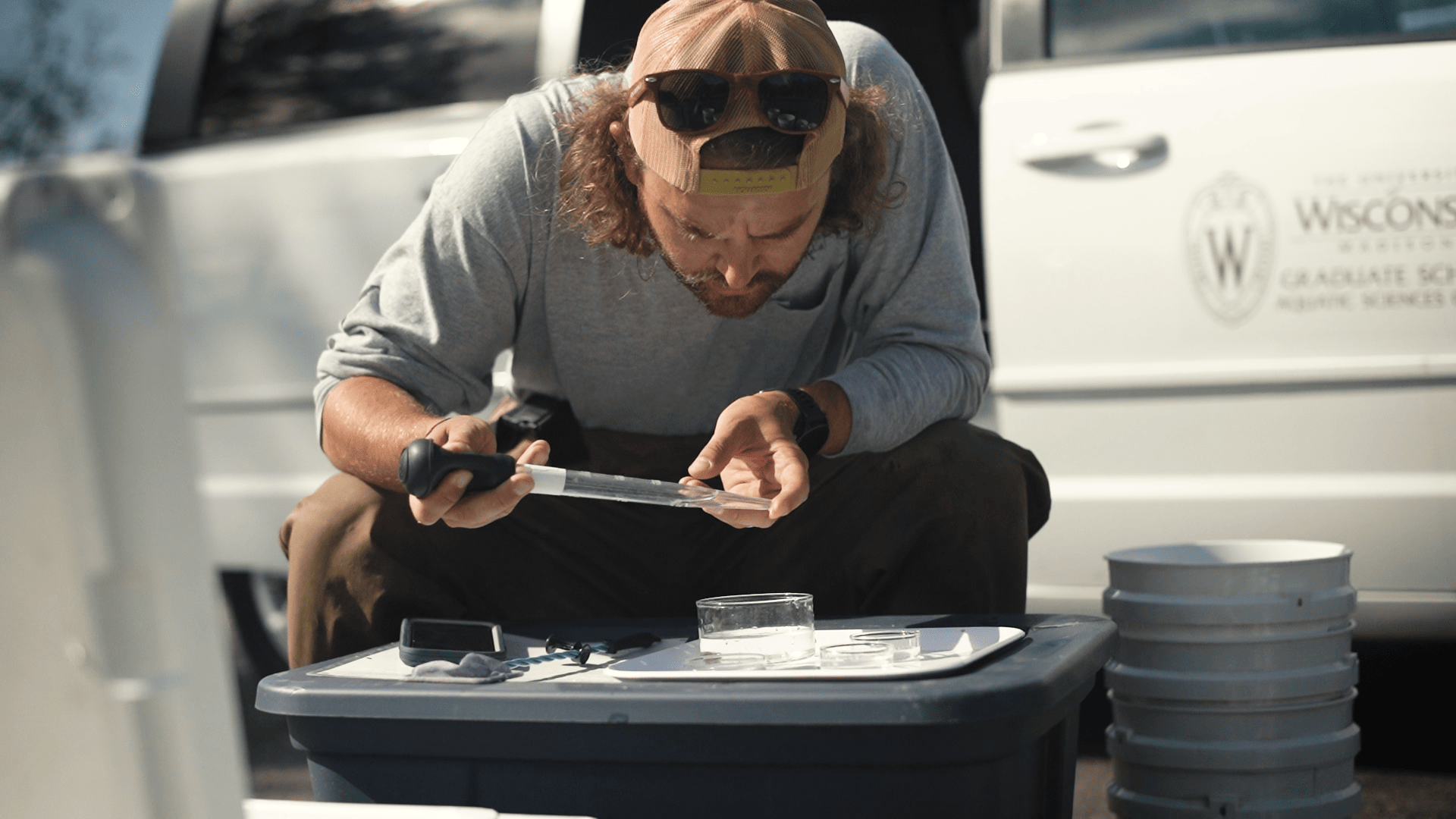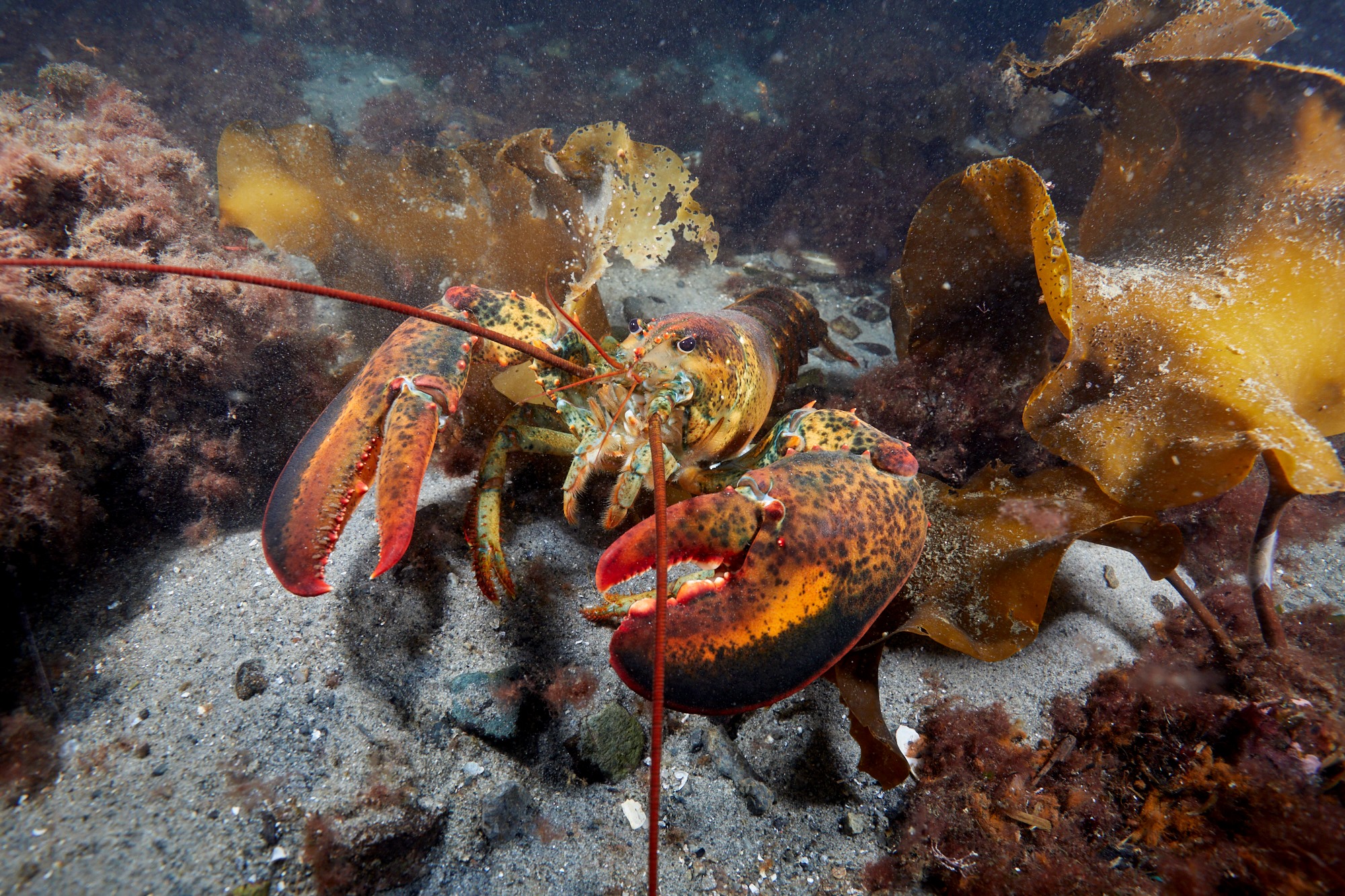Woods Hole Sea Grant
“The Spectrum of Coastal Erosion Control Methods” provides information about the various methods of erosion control and compare their relative impacts. Loss of shoreline property leads to a desire to protect homes from damage, however there are times when the desire to protect upland property conflicts with the ecosystem services provided by natural landforms. The key to responsible erosion control is to increase the resilience of the property while not negatively affecting the coastal resource areas. By starting at the top of the spectrum and addressing each method until a feasible alternative is reached, applicants can show full diligence that all other options that have lower potential impact have been examined. This publication has been requested by town officials, homeowners, and engineers indicating wide acceptance of the materials.


